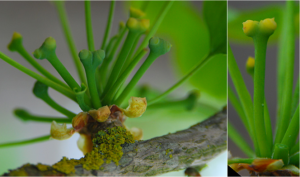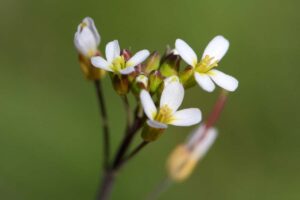ABSTRACT
Flowers are composed of organs whose identity is defined by the combinatorial activity of transcription factors (TFs). The interactions between MADS-box TFs and protein complex formation have been schematized in the floral quartet model of flower development. The gynoecium is the flower’s female reproductive part, crucial for fruit and seed production and, hence, for reproductive success. After the establishment of carpel identity, many tissues arise to form a mature gynoecium. TFs have been described as regulators of gynoe- cium development, and some interactions and complexes have been identified. However, broad knowledge about the interactions among these TFs and their participation during development remains scarce. In this study, we used a systems biology approach to understand the formation of a complex reproductive unit— as the gynoecium—by mapping binary interactions between well-characterized TFs. We analyzed almost 4500 combinations and detected more than 250 protein–protein interactions (PPIs), resulting in a process-specific interaction map. Topological analyses suggest hidden functions and novel roles for many TFs. In addition, we observed a close relationship between TFs involved in auxin and cytokinin- signaling pathways and other TFs. Furthermore, we analyzed the network by combining PPI data, expres- sion, and genetic data, which helped us to dissect it into several dynamic spatio-temporal subnetworks related to gynoecium development processes. Finally, we generated an extended PPI network that predicts new players in gynoecium development. Taken together, all these results serve as a valuable resource for the plant community.
Herrera-Ubaldo et al., The protein–protein interaction landscape of transcription factors during gynoecium development in Arabidopsis, Molecular Plant (2022), https://doi.org/10.1016/j.molp.2022.09.004



